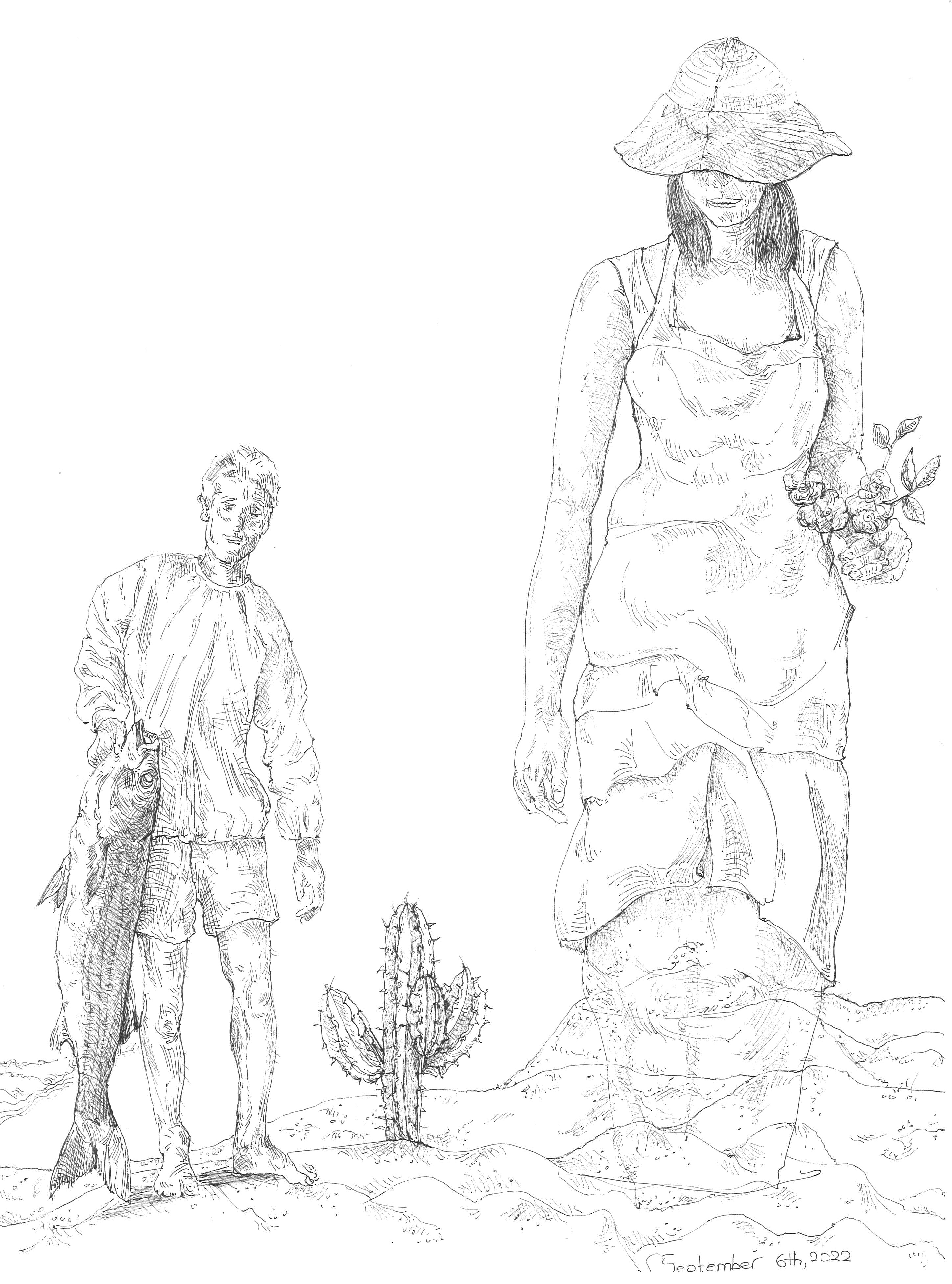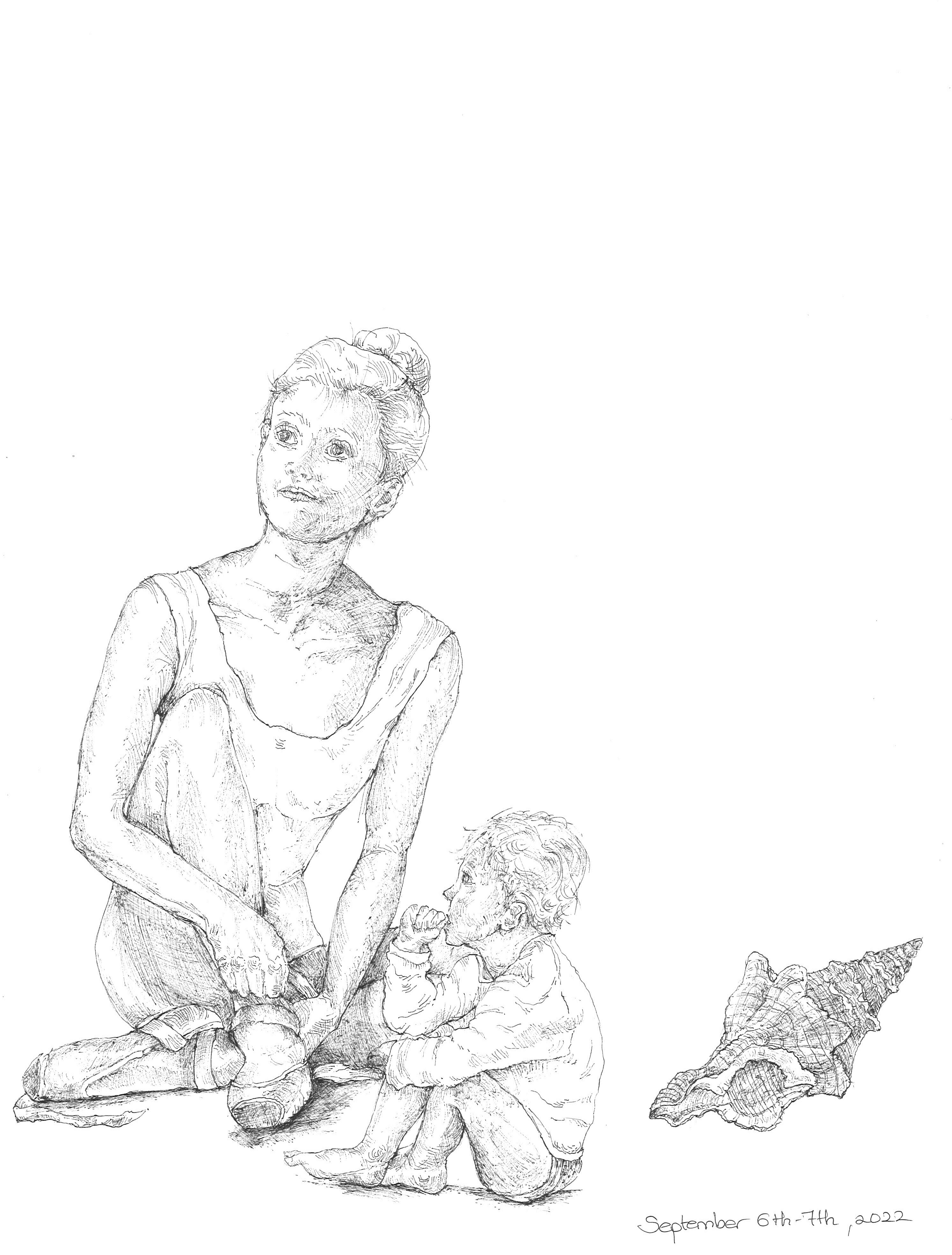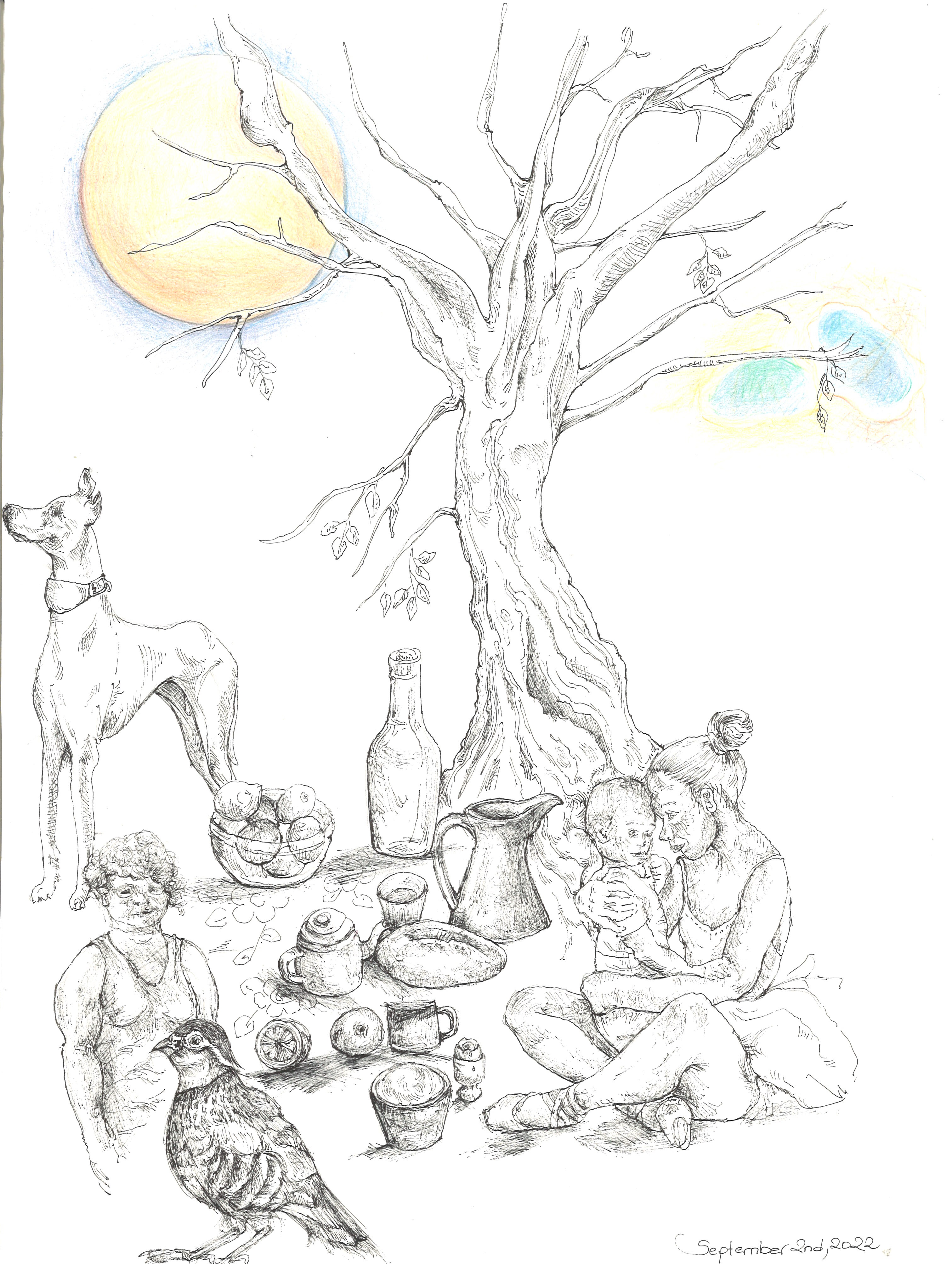Edited on September 9th, 2022
Ambiguous loss, non-violent communication, meditation and gratitude…..
“WHAT WE SAY matters. We’ve each felt the power that words have to heal, soothe, or uplift us. Even one caring remark can make the difference between giving up and finding the strength to face life’s challenges. We each also know something of the great harm that can be inflicted through speech. Sharp words laced with anger or cruelty can break a relationship and burn for years. Language can be used to manipulate and coerce on a mass scale, to fuel fear, war, and oppression, and to advance political agendas of genocide or terror. Few things so powerful are also so commonplace. Words are woven into the fabric of our lives. Your first love. Your first job. Your last goodbye to someone you love. Our beginnings and endings and the countless moments in between are punctuated by a play of words as we share our thoughts, feelings, and desires.” Oren Jay Sofer
“Be aware that the grief we carry may be our own, or the pains of those close to us. It may also be tears for the world, the sufferings caused by climate change, human divisiveness, racism and war. These, too, are in our hearts. Yet human suffering is not the end of the story. When we touch our grief and tears honorably, they can empower us. They can lead us to care more deeply, to love more fully, to renew life through our actions.” Jack Kornfield
“It’s as if you were in a spaceship going to the moon, and you looked back at this tiny planet Earth and realized that things were vaster than any mind could conceive and you just couldn’t handle it, so you started worrying about what you were going to have for lunch. There you are in outer space with this sense of the world being so vast, and then you bring it all down into this very tiny world of worrying about what’s for lunch… We do this all the time.” Pema Chodron
“You’re just faithfully following your breath and— Wham!— you’re in Hawaii surfing. Where did it come from? And where does it go? Big drama, big drama’s happening, big, big, drama. And it’s 9: 30 in the morning. “Oooh. Wow! This is extremely heavy.” A car horn honks, and suddenly you’re not in that drama anymore, you’re in another drama.” From Pema Chödrön’s book: Start Where You Are



Today’s post includes three more drawings and topics like ambiguous loss and grief, and non-violent communication, as well as, a couple of quotes by Pema Chodron [Buddhist nun, teacher and writer]. In addition, I’d like to say that the underlying spirit of this post is gratitude. Even though I don’t write about it, feelings of gratitude have been salient while constructing this text.
I think Pema Chodron’s first “spaceship quote” is a metaphor of how we often lose sight of our true nature and of the vastness of the world of which we are an intrinsic part of, of how we are oblivious to the bigger picture and how we so often reduce our experience to “the tiny world of worrying.” The second quote has to do with meditation and the nature of our thoughts. In the stillness of meditation, past and present experiences, thoughts, ideas, emotions, sensations, aches and longings, and future preoccupations arise and move through us. I’ve intended to write a post on meditation for quite some time, but other ideas and topics become more salient and I keep putting it off. I will say though that meditation has been a significant experience in my life, a tool and process that I am deeply grateful for. And even though meditating is not always an easy ride, it can become an empowering process. So, it needs to be trauma-informed, and at the beginning it may be wise and even necessary to have some guidance from good intentioned and informed practitioners. Anyway, I will write more when I do get round to writing about it in some future post.
In my recent posts on grief I didn’t discuss ambiguous loss and how this kind of loss complicates the grief process. So, today I’ll very briefly refer to this aspect of loss and grief. I first became aware of this type of loss years ago while reading about the disappearance of people in Latin America under authoritarian regimes. While preparing for the posts on grief I came across material about this kind of loss as well. In one article, Ambiguous Loss in the Families of the Missing, Dr Pauline Boss [professor and clinical supervisor at the University of Minnesota, working to connect family science and family sociology with family therapy and family psychology] claims that one form of ambiguous loss is caused when loved ones suddenly vanish or when we are not certain whether they are alive or dead. She writes “For the families left behind—when soldiers are declared missing in action or relatives disappear during political unrest and civil conflict—not knowing whether a loved one is dead or alive defies emotional comprehension. Around the world, terrorists kidnap family members so often that the term “desaparecido” (disappeared) has entered the common vocabulary in Argentina, Brazil, Columbia, Chile, Panama, Peru, Mexico, and other countries.….”
In this article Boss discerns two basic types of ambiguous loss. In the first type people are physically absent, but they are psychologically present, and even though they may be presumed dead their bodies have never been found. In the second type, people are physically present, but due to addiction, deep depression or dementia, etc, they are cognitively and emotionally absent. With ambiguous loss people cannot move on. Not knowing for sure if a loved one or family member is dead or alive can lead to feeling helplessness, anxiety, depression, anger, family conflict, and somatization. It sort of has some of the effects as gaslighting. The uncertainty keeps people stuck. One cannot break down denial or let go or move through the grieving process. This happens because as Pauline Boss writes: “people cannot make cognitive sense of the situation; and not knowing whether the family member will return prevents reconstruction of family and marital roles, rules, and rituals. Ambiguity destroys the customary markers of life or death, so a person’s distress is never validated. The community loses patience with the lack of closure, and families become isolated. Ambiguity causes even the strongest of people to question their view of the world as a fair, safe, and understandable place. Finally, ambiguous loss that persists for a long time is physically and emotionally exhausting.”
Boss adds that “Bowlby’s attachment theory suggests that it might be impossible to let go of a loved one unless one can actively participate in the rituals of honour and farewell that begin the process of detachment.” As a therapist working with families she suggests that family members or individuals need guidance in order to express their anger, fear, ambivalence, hope, and also, they need to learn to tolerate ambiguity, participate in family or communal celebrations / rituals and in storytelling and reminiscing of the missing person. People need to figure out how to reconstruct their identities and roles and how to live without the certainty or else their grief will remain frozen in place.
According to Boss, ambiguous loss can also arise from declining health, eco-anxiety, divorce, loss of homeland through immigration, incarceration of a parent, and many other experiences. She, like many others more recently, also challenges the idea that we reach closure. She believes that it’s a myth we need to let go of. Instead we can learn to live the best we can with the grief and loss and make some kind of meaning of it or accept the nonsensical nature or meaninglessness of certain losses while finding meaning in something else.
Dr Pauline Boss talks about ambiguous loss and other aspects of her work at: https://www.youtube.com/watch?v=woFXkVKbeWA – The Myth of Closure
And a meditation on grief by Jack Kornfield at: https://jackkornfield.com/meditation-grief/
I will also refer to a podcast with the title: Stretch Your Heart and Say What You Mean, where Oren Jay Sofer and Tami Simon talk about mindfulness based non-violent communication.
They discuss how Oren Jay Sofer integrates mindfulness, somatic interventions and Dr Marshall Rosenberg method of non-violent communication, the power of intention in communication, curiosity, humility and kindness, how the focus on what matters reduces reactivity and defensiveness, the link between compassion and non-violence, and the value of shifting from projecting blame to clearly expressing our needs. In relation to our needs Sofer says: “So we can just ask ourself that question throughout the day as a way of learning how to shift the focus of our attention, from what we call in Nonviolent Communication “our strategies,” which are the specific behaviors and actions we undertake as human beings, to the underlying need. “What’s driving this? What am I really reaching for in my heart here?”
He notes however, that this is not that easy because our early experiences and enculturation have often blocked our capacity to even be aware of our deeper needs.
He says:
“…. by the time we’re probably eight or nine years old and then from there on, we’ve all internalized a whole bunch of messages about whether or not we’re even allowed to have needs and which needs are OK for us to have based on the gender we’ve been socialized into, our class, our education background, our culture or religious background. So for me, being identified as a man, it was OK for me to feel angry and to have certain needs, but it wasn’t OK for me to feel scared or vulnerable or to want reassurance or connection. Those were things that our culture and society shamed me for as a young boy. As we learn to identify our needs, we encounter barriers that are about how we’ve been socialized, which often come with very painful emotions and past experiences that take time and energy and effort to heal, to recognize the pain and the loss and the sadness of being told that you don’t matter. “You’re not entitled to this. You’re being selfish. What about other people?……
And to actually start to reexamine and reclaim what it means to be fully human and that to have needs doesn’t mean that other people’s needs don’t matter or become invisible. In fact, the more we are able to identify and acknowledge our own needs, the more aware and sensitive we become of others’ needs. It’s when we don’t allow ourselves to have our own needs that we tend to shame and blame and guilt others for asking for things.
Because if I don’t allow myself, say for example, to ask for support, to get help when I need it, and then you come to me and ask for help, there’s a part of my heart that’s going to be like, “Well, why do you get to have it? I don’t get to have that. Suck it up.” Or we start to believe the opposite, that my sense of self-worth is determined by how much I can help others. So we internalize all these messages, and all of this comes to the surface as we start to explore what our needs actually are and can be very challenging. So that’s also a very important part of the journey.”
